Today I want to revisit an old idea: Decision Point 90, and gel it with, or at the very least review it through, 5 recent models or ways of seeing, that I have examined over the past couple of years, if only to discover evidence of a proof that the future of advertising is management consulting and visa versa
The first model is Change the story and you change the game
The second model is Phase Changes
The third model is The Yin Yang of Digital Consulting
The fourth model is The AI powered XeMe Factory
The fifth model is The Business of Manufacturing Trust
We begin with this model illustrating the historical split between performance and positioning that is Management Consulting vs Advertising
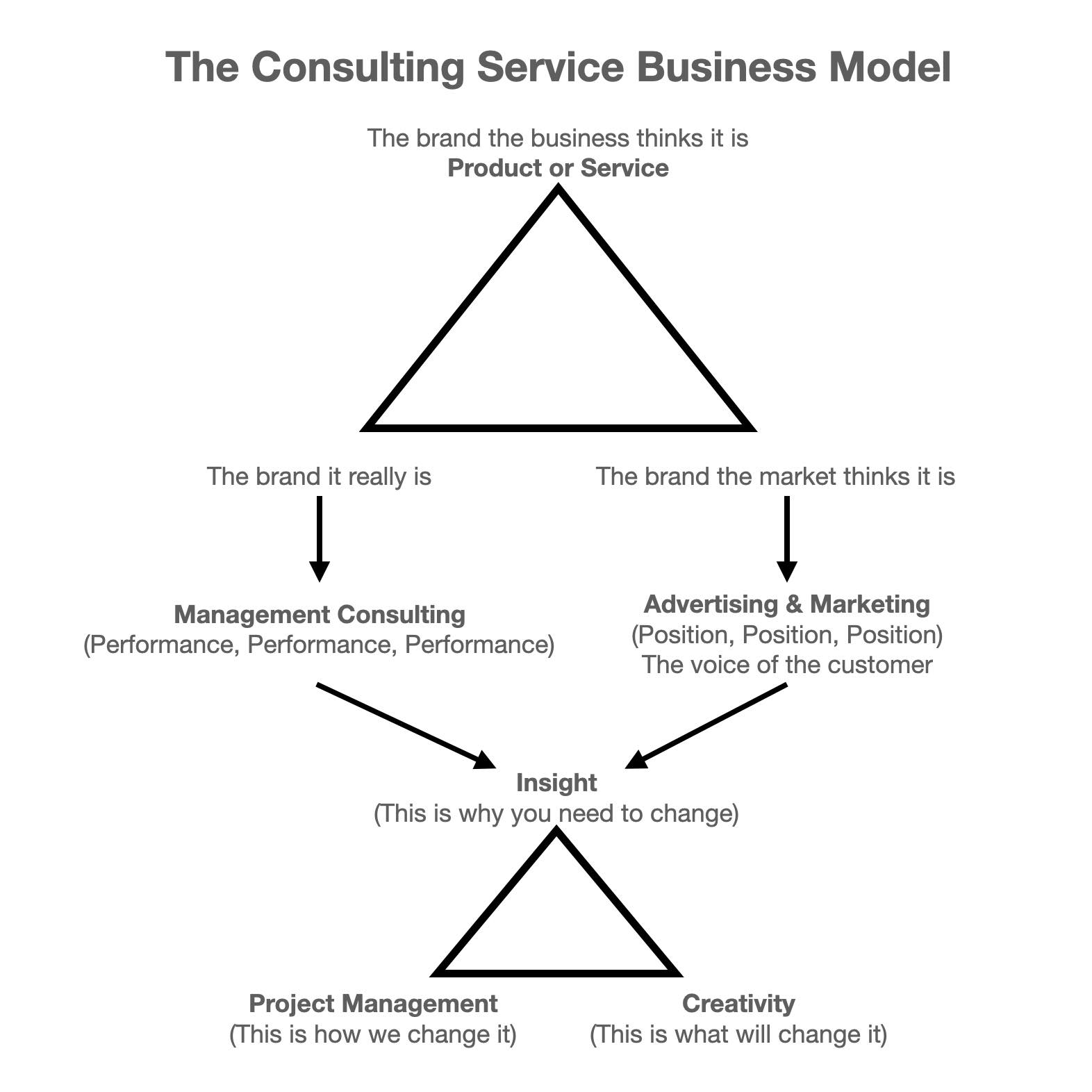
Next we'll make show how the Yin Yang of performance & positioning evolves neatly into the old rule: Change the story and you change the game
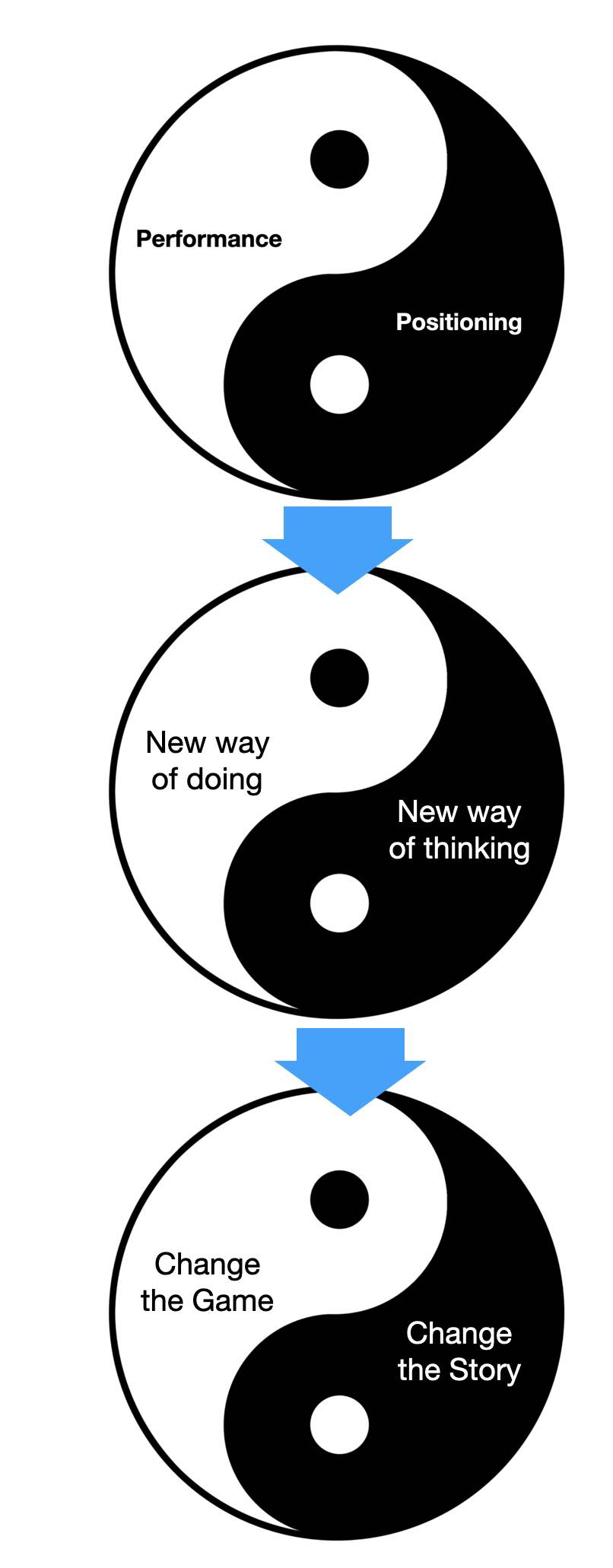
Then we'll add a new observation
i.e. The new way of doing is the new category
And this is important because this insight is the glue that brings management consulting and advertising into the same prism... and their unique activities and methods just different colours of the same spectrum
The consulting cycle is the new performance metric becomes new way of doing (business) and this in turn becomes the new market category (killer) that is the new brand position
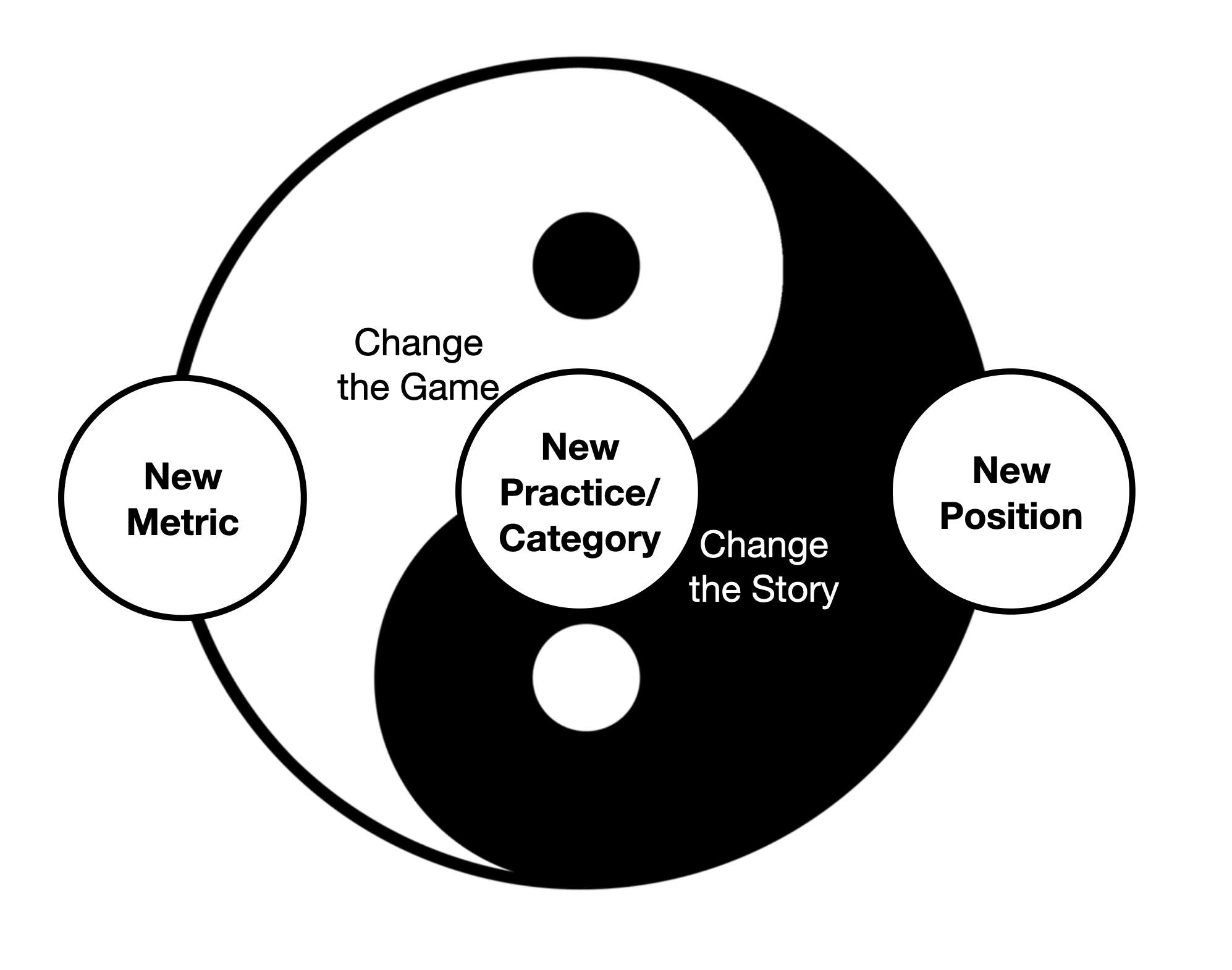
and this becomes the cycle of life for the market leader (the first one to adopt the new way of doing business) through to the disrupted incumbent (the last one to change their way of doing business)
What was once your competitive advantage becomes the inhibitor of growth
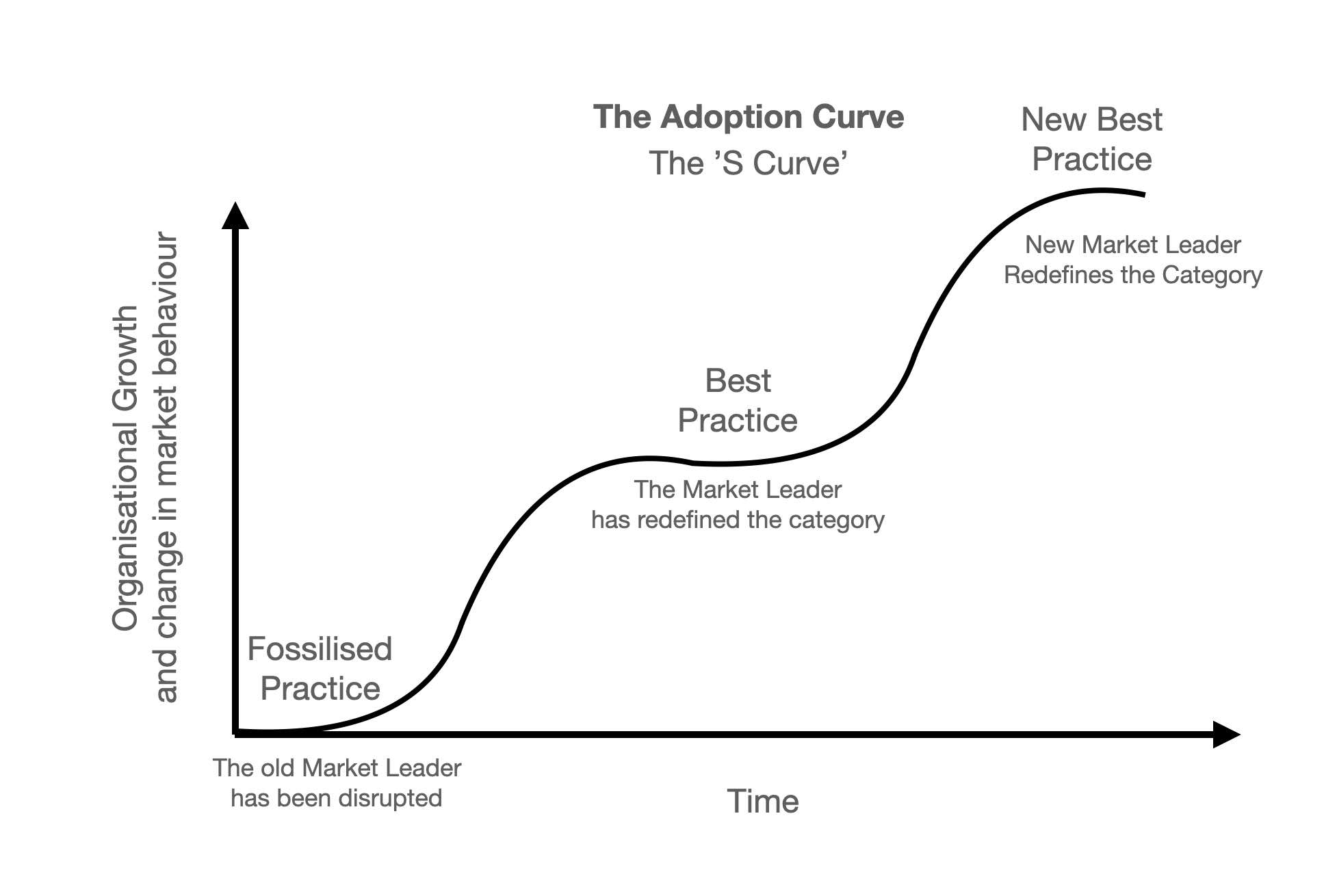
and this leads us towards those tipping points in organisational and market behaviour...
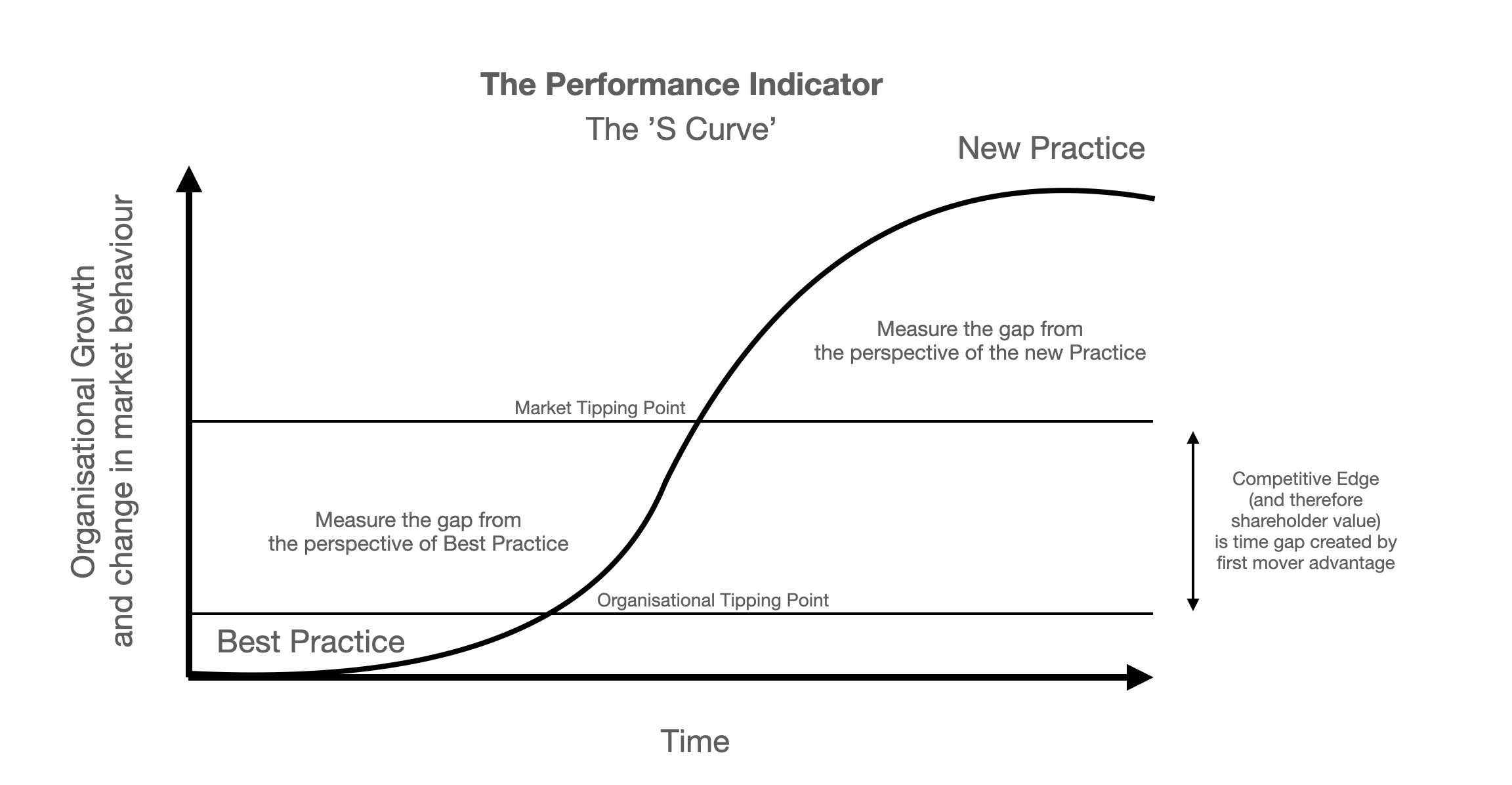
That we have described previously as the phase changes
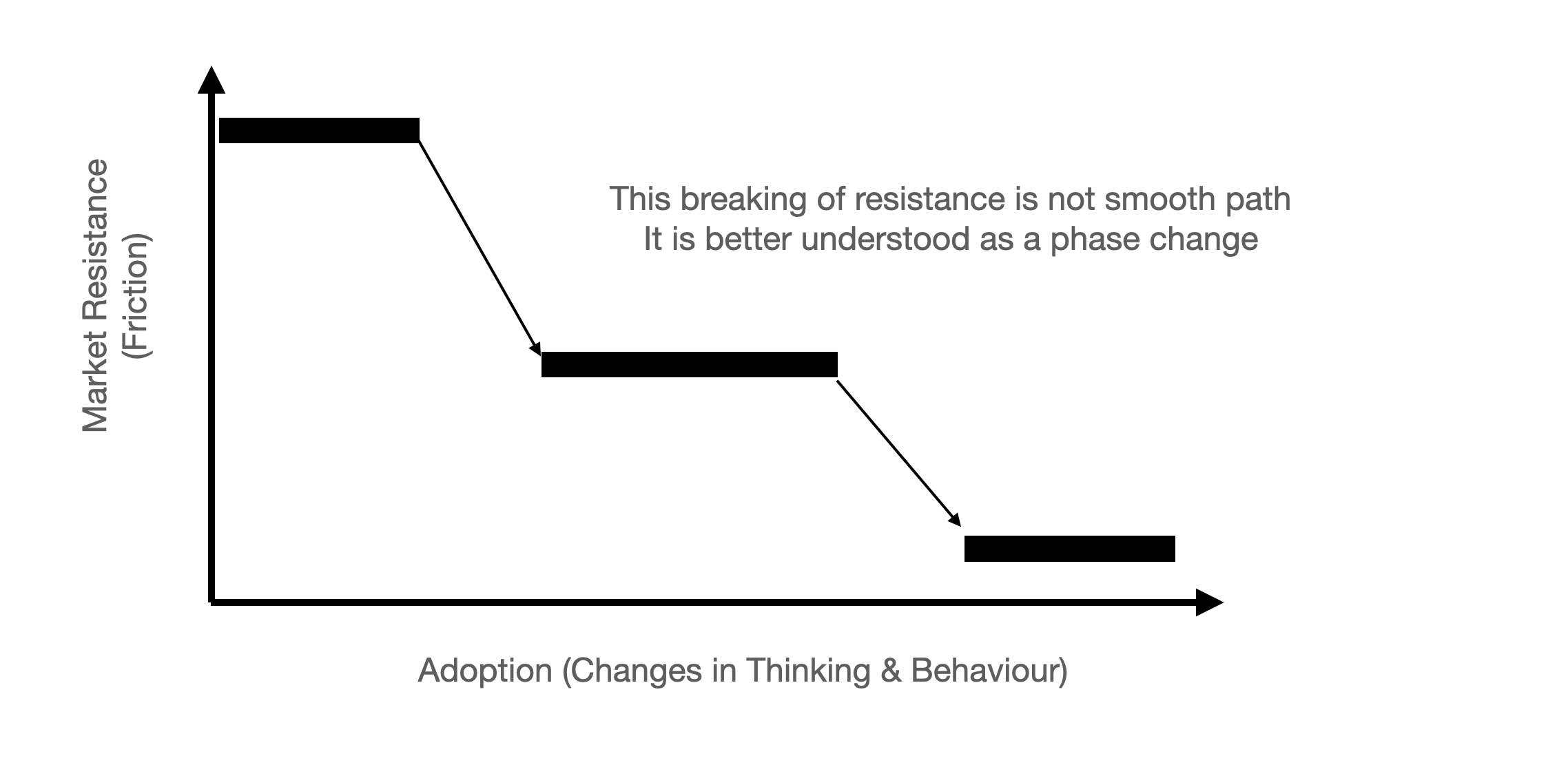
and ultimately how we quantify success in the Decision Point 90 model
ie. Can we forecast the behavioural and financial impact of introducing a new metric within a 90 day proof of concept cycle?
and this raises the deeper question: What changes? What changes in the world of digital transformation if we adopt this model?
The impact of digital on advertising looks broadly like this
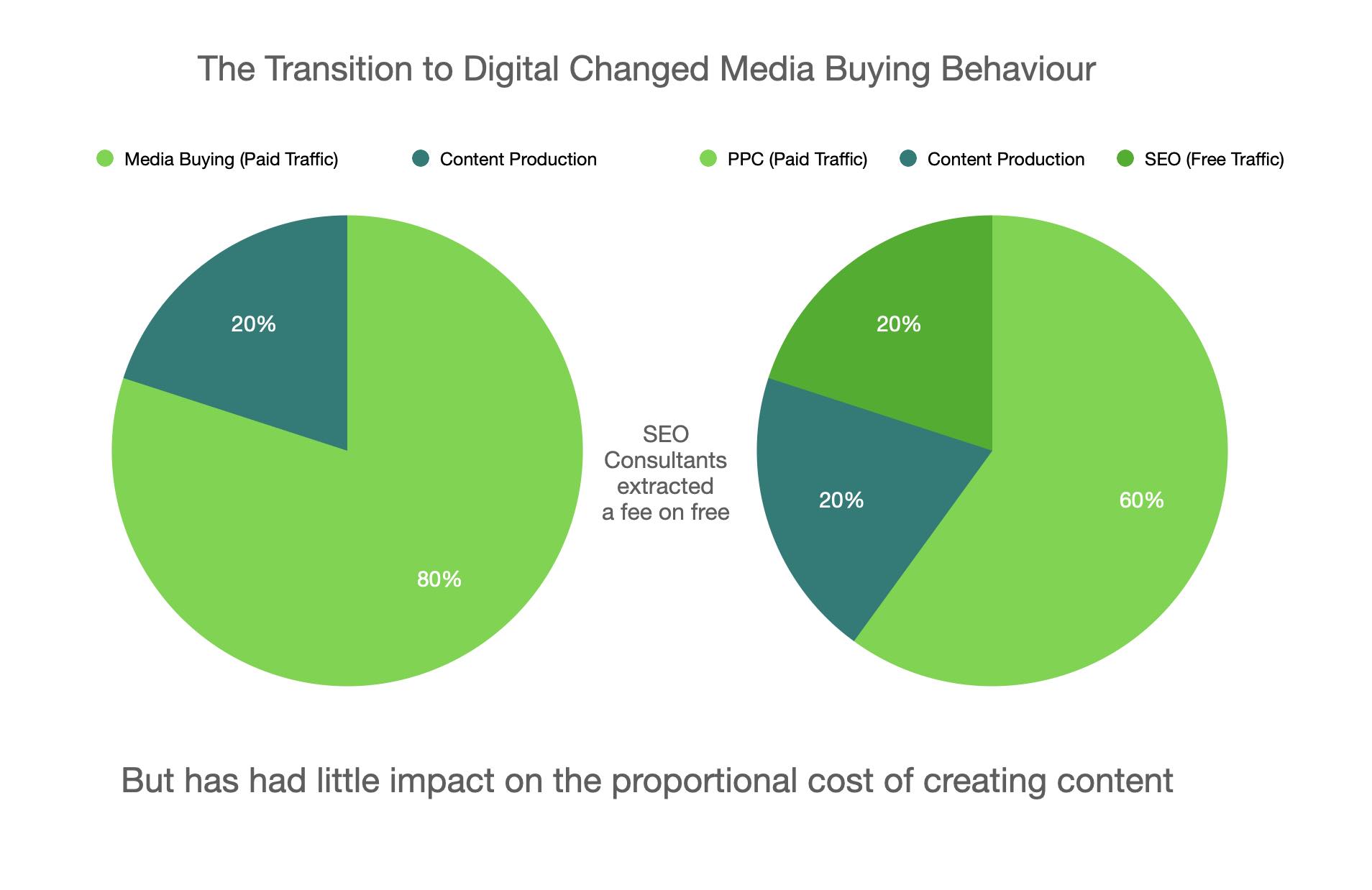
Broadly speaking nothing really changed on the creative side
Although their was movement towards encouraging fans to generate free content and the cost of production has collapsed in reality the proportion of spend allocated to production remains the roughly the same as it was before
What changed was how the money was spent on capturing attention (ie eyeball traffic)
As we can see consultants etched out a new category whereby companies now allocate 20% of their media buying to generating free traffic
Now this is a bit of an oxymoron when you think about it but it is illustrative of the changes in behaviour that a new metric (in this case Google's Pagerank) can create in the marketplace
The same principle applies to the increasing cost of harvesting influencers and 'free' attention on social media sites (e.g. Instagram, TikTok, YouTube)
Free traffic becomes an expense
All that has changed is where the money is distributed across the value chain
and that leads us to the obvious question... with the introduction of AI what will the distribution of money across the value chain in 5,10 and/or 15 years from now?
What changes and, just as importantly, what stays the same?
and this leads us to the final model: The AI powered XeMe Factory
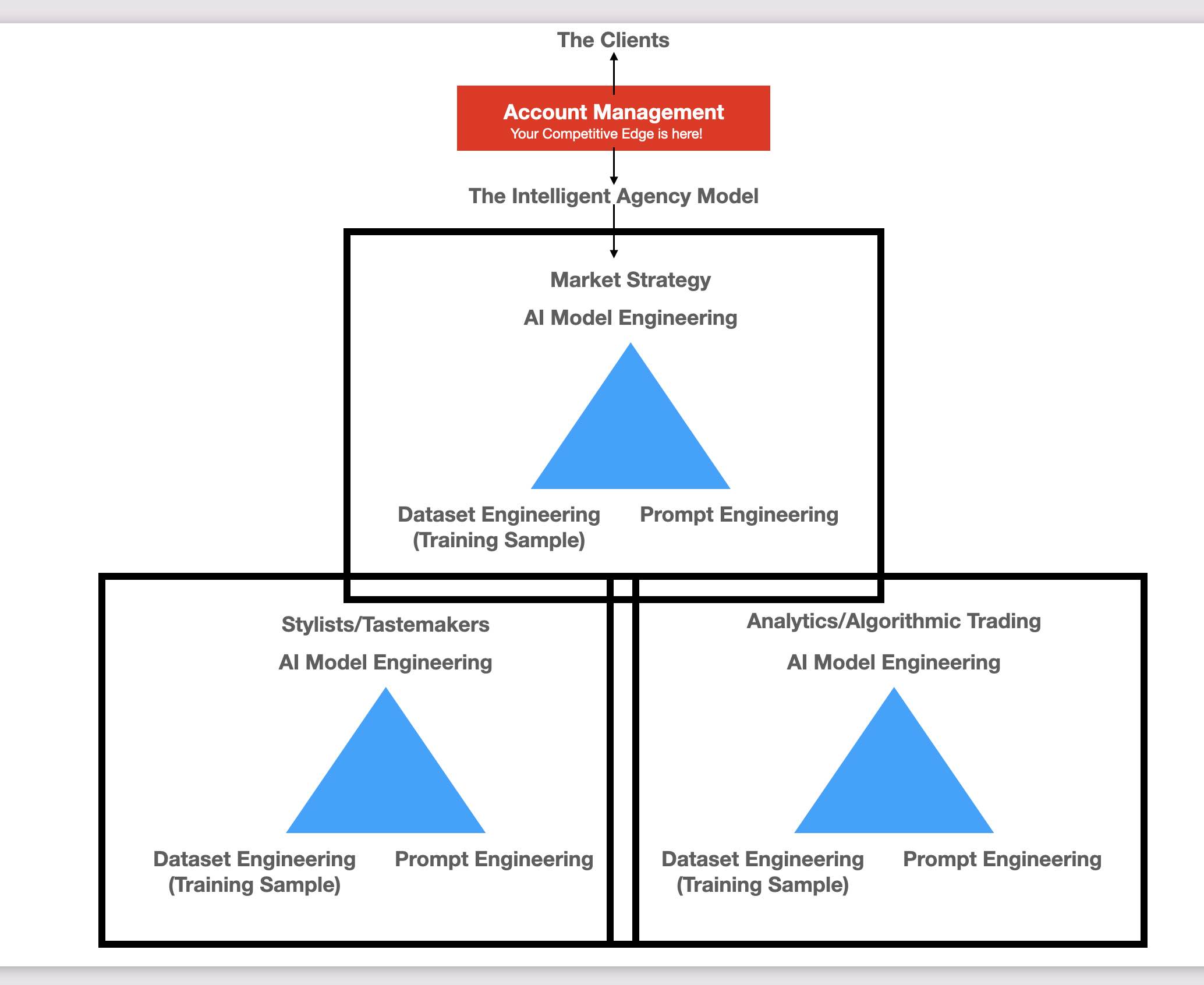
What AI brings to the table is this:
Decision Point 90 circa 2000 was all about delivering Mission Critical:Tactical Initiatives delivered in 90 days
The problem with the model is it needed a team of superheroes to deliver on the promise
Talent was in short supply and burn out was inevitable
There was no process. Just a race to the finish line
The other challenge was how do manage expectations?
The solutions we generated were sold as lifeboats to the captains of the incumbent Titanics
The only buyers were those already breached by the iceberg taking water
Decision Point 90 was inevitably about a team of superheroes performing a rescue mission after the money was spent and the project or business model was in distress
So what needs to change
The first thing is how you sell the solution
Phase changers illustrates that change is measure as the gap between today and tomorrow... the gap between old and new
The lesson here is Decision Point is sold not as a high risk:high return option but as a low risk:high return option
ie. You already have the industry best practices in place to fall back on. Experimenting with the new way of doing business is a smart low risk option that delivers a high value ROI if it works out (so what do you have to lose?). Indeed your biggest risk today is doing nothing! and watching your competitors steal the march
So the pitch is act now to secure the future!
Because here’s what will happen if we don’t do this…
The second thing is the power of AI
What does that mean?
It means a team augmented by AI can perform at the same level as a team of superheroes
or,
A small team of superheroes (say 3-5 specialists) can outperform a very large team of mediocre management consultants, sales & marketing gurus and product/UX designers
I suspect this new DP90 model looks something like this...
Because changing the practice equals changing the category we end up with 3 teams of specialists
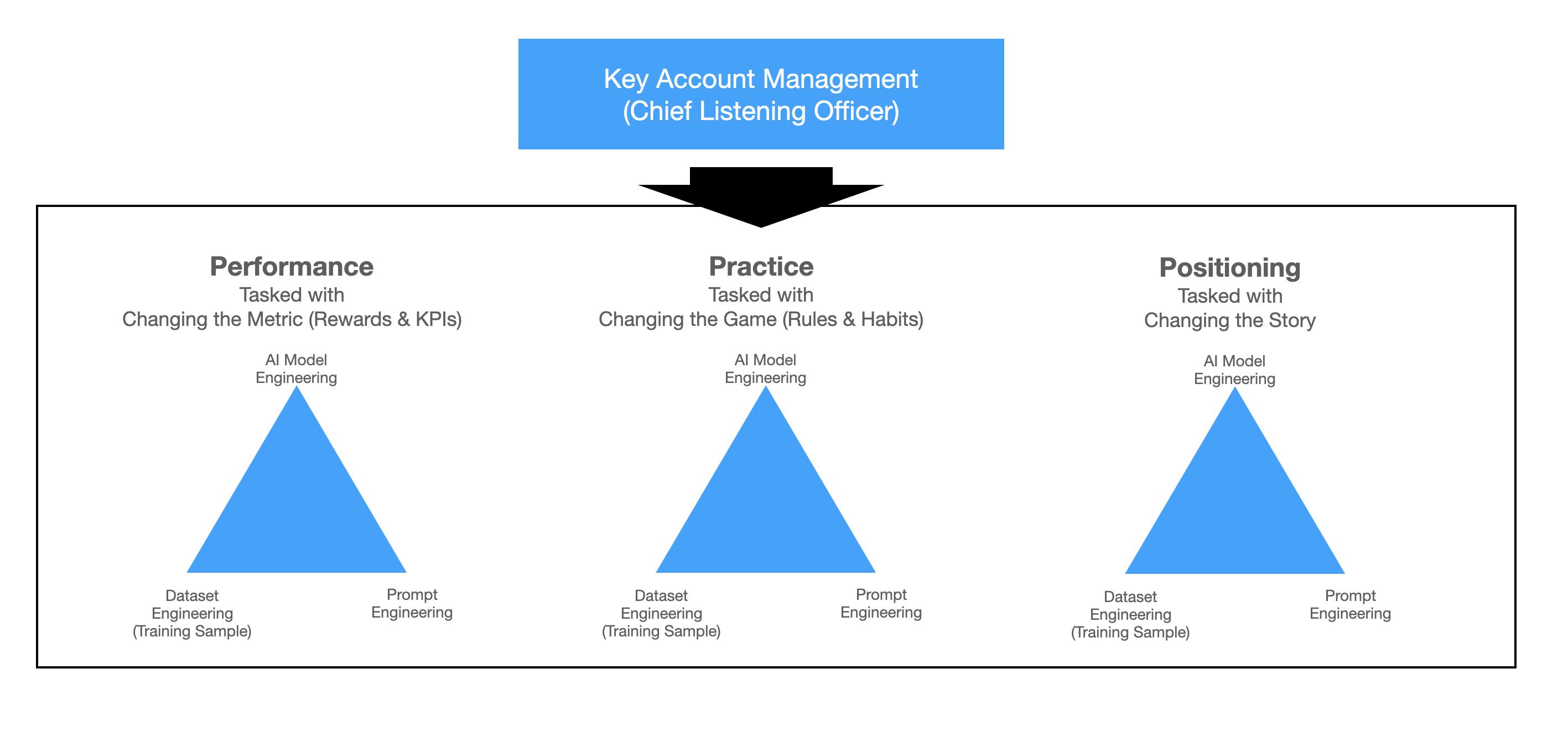
A more detailed analysis of the model reveals this...
Performance is split into two models - investigation and simulation testing of the metric to discover what the changes in organisational and market behaviour look like
Practice is split into 3 models - Design of the rules, Design of the Game Play and Engineering of the Game Prototype (assuming the model evolves into a SaaS/App style digital habit
Positioning takes the form of the ad agency of the future (previously discussed in the XeMe Factory)
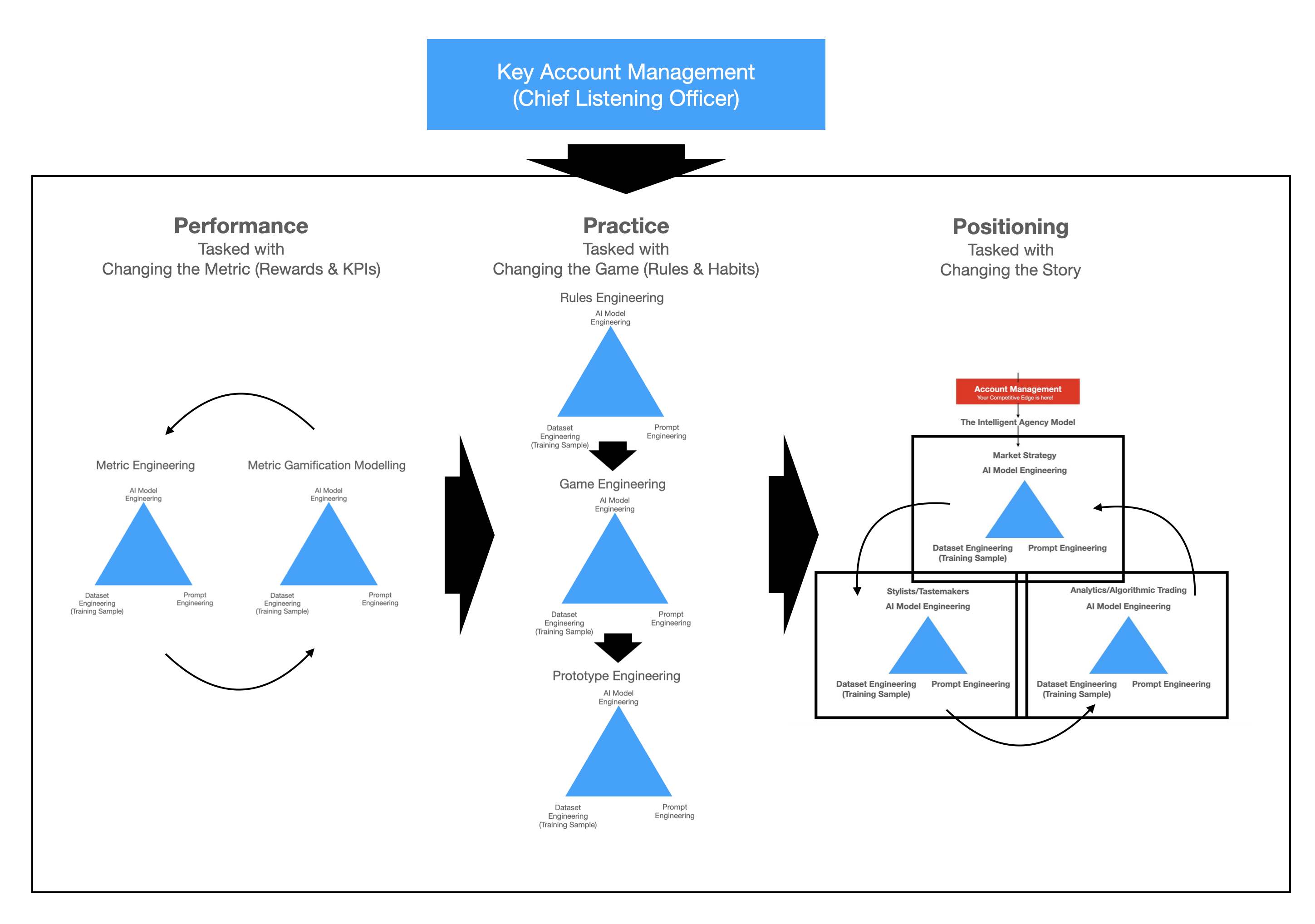
The deliverable is either a POC or a 30 day simulation report on the forecasted opportunity as modeled (as per the old DP90 Model)
But for now let's cut through the noise with this observation
The old DP90 model was all about saying in the simplest possible terms
This is what today looks like but... it doesn't need to look like this going forward
This is what needs to change
and this is what change looks like... now do you want to go there?
and for now it's enough to say... that simplicity is what was forgotten as we undertook the journey
The DP90 process flow was 3 steps
Discovery: Map the current state of affairs
Vision: This is what needs to change and this is what change could look like
Close: Do you want to go there?
Only then did it become a discussion around how do we get there...
So where does AI fit into the mix?
Does it have a role in discovery?
Maybe. Maybe not. Discovery is about asking questions and then cross referencing the answers
There maybe a role is wider market mapping but again AI thrives at creativity rather than logic. It would stuggle to outperform a Google augmented analyst
But a skilled practitioners using webcrawlers and AI to summarise the trends and findings would significantly speed up the process
and this is a key insight because historically discovery and the mapping of the now & why (ie the current practices) has been about 80% of the business (Think: The origins of Taylorism and the mapping of the inefficiencies on the factory floor
The assumption must be that AI will change the spread allocation of the 80% spend just as digital did with adtech
Does it have a role in shaping the vision?
Maybe...
There is potential for it to reduce the creative costs of putting form and shape around the vision
But can AI take the discovery matrix and formulate a solution?
I guess that's the $64,000 question
Could a specialist take the matrix and use AI to explore solution options... obviously the answer is yes
But, as with the ad agency model, this means the role of AI in consulting comes down to disrupting about 20% of the business
AI can be a Fast & Cheap copywriter or art director
Likewise AI has the potential to be a fast & cheap Strategist or Process Flow Designer or No Code App Builders (e.g. UIzard and Debuild) but in reality these are early days in its evolution
Does it have a role in the close?
Not really. The close is a product of the relationship not the vision
As we have seen before... The vision can be executed - both materially and metaphorically - by others
However, having said that, the key to unlocking the $700 Billion AI management consulting opportunity is this: How do you define/measure Success?
i.e. What's the game you are choosing to compete in, who makes the rules and what does it take to win?
ATM McKinsey defines the rules of the game and what it takes to win
and the 'Vision Thing' comes down to their "3 reasons for adopting their strategy"
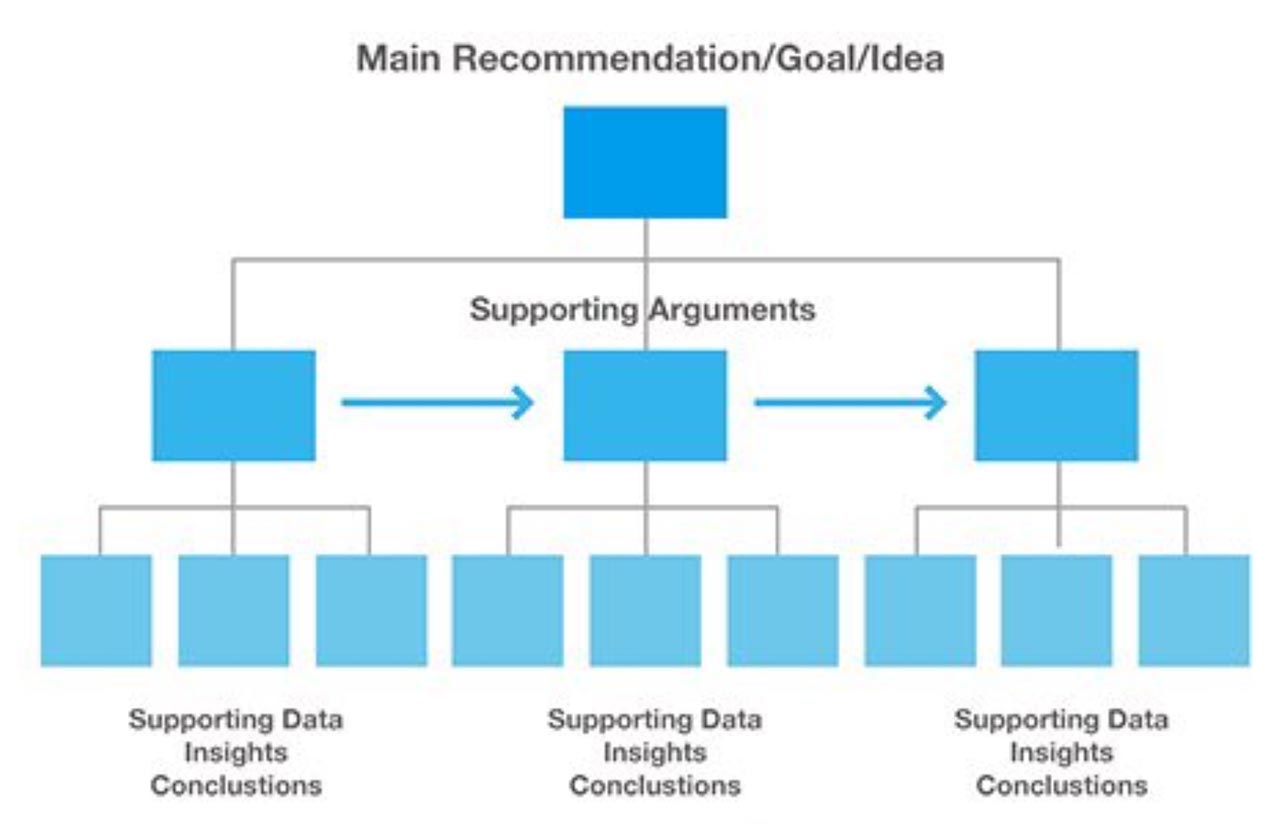
and this is the basis for the most basic - and arguable most disruptive - AI consulting model
i.e. Decimate the cost base of this labour intensive profession by transposing billable hours into machine augmented minutes
and you do that by creating an AI model that takes the user defined goal and generates the 3 supporting arguments and the supporting data, insights and conclusions
Something you could do today with ChatGPT and a text to image tool like Midjourney or stablediffusion
Which is to say, if you think the creative industries have a problem coming to terms with AI generated content, spare a thought for all those thought-leaders and think-fluencers living life large in the world of management consulting... because it looks like it's "game over" boys and girls
The reason being it was never about the performance
It was always about the positioning of the performance
Or, in other words, as we discovered long ago, the challenge isn't - and never was - about being better... it is - and always was - about being trusted
and, arguably, once it is trusted, AI has the potential to be that mythical zero cost rainmaker the industry dreams about
Keep that in mind... Until next time...